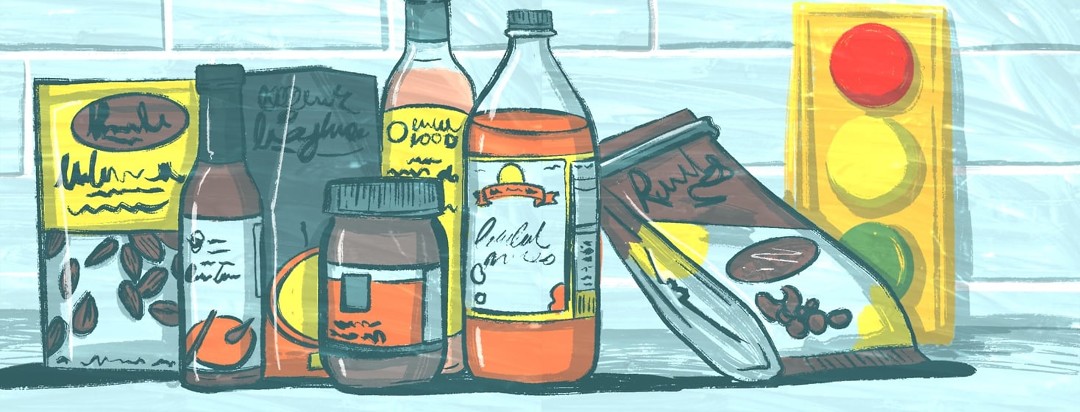A Healthy Pantry
In the current environment, many of us are working from home and attempting to stockpile our pantries. It is likely no big surprise that we are keeping more packaged food items on hand.
While I encourage fresh food first (i.e., fresh fruits and vegetables), I realize that access to such food may, at times, be limited.
Healthy pantry items for people with type 2 diabetes
In the article, I will provide a list of 4 steps that I hope will help keep your pantry looking healthy.
Step 1: Keep your pantry organized
Having an organized pantry will allow you to quickly access healthy snacks and make doing an inventory of pantry items faster and more efficient.
Step 2: Load your pantry with healthy staples
Below I have listed a few of my personal favorites:
- Natural peanut butter: 2 tbsp = 8 grams of carb
- Dried fruit (such as raisins and prunes): 1 oz box of raisins = 22 grams of carb, ¼ cup of prunes = 26 grams of carb
- Unsalted nuts (such as almonds and peanuts): 1 oz almonds = 6 grams of carb, 1 oz peanuts = 5 grams of carb
- No sugar added apple sauce: ½ cup = 13 grams of carb
- Cheerios: ¾ cup = 15 grams of carb
- Tuna fish: 2.6 oz = 0 grams of carb
- Garbanzo beans: ½ cup = 20 grams of carb
- Dry roasted edamame: 1/3 cup = 9 grams of carb
- Skinny Pop popcorn: 3 ¾ cup = 15 grams of carb
Step 3: Take the Traffic Light approach with your pantry
Mark foods with a green, yellow, or red sticker. This step can be especially helpful if you have young children living at home. The Traffic Light Diet is an approach to eating that identifies foods at green, yellow, or red.
Green foods should make up the bulk of the diet and be consumed daily. Such foods are nutrient-dense, contain healthy fats, are typically lower in calories, have limited added sugar, and are high in fiber. Consume yellow foods in moderation (1-2 times per week). Such foods have some added sugars and some added salt. Red foods are the least nutrient-dense foods; they are low in fiber and are typically higher in calories. Red foods should be limited to 1-2 times per month (at most).
Step 4: Avoid economy size packages
Examples: large bags of potato chips, crackers, candy. Having large packages of food makes portion control more challenging. It can be easy to lose track of how many chips or crackers you have consumed. When possible, try to purchase individual serving packaged food items. If you do purchase economy-size packages, portion the food into small snack bags.

Join the conversation